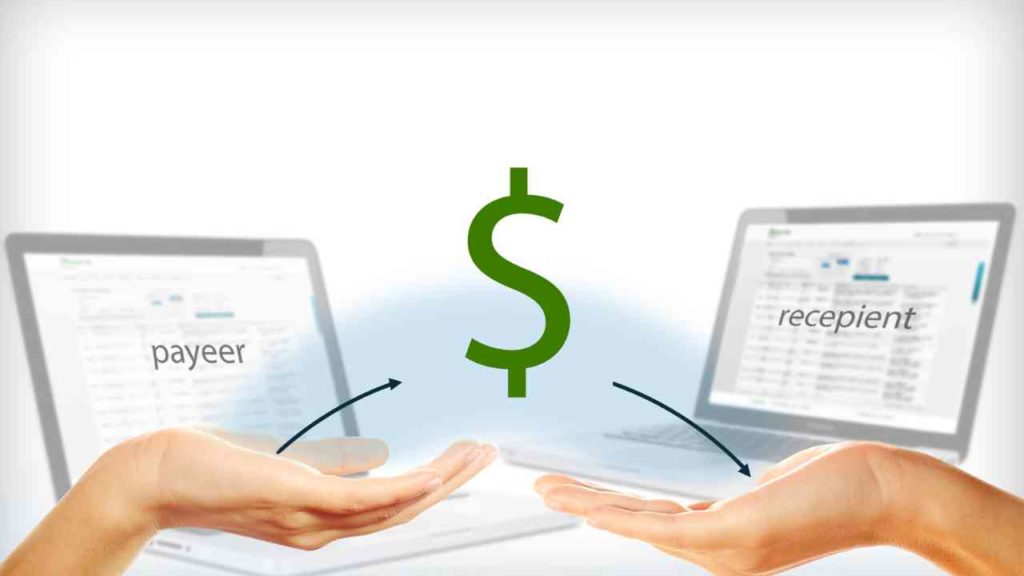Are you aware that there is more to an ecommerce payment system than simply accepting credit cards? There are numerous factors that must be considered, such as customer experience and cost efficiency.
Ecommerce payment systems are essential components of any successful online business venture. With robust security standards and user-friendly interfaces, these systems ensure that all transactions run smoothly without interruption; furthermore, they also offer customers a convenient way to make use of their purchases.
To achieve this goal, we will examine some of the most effective strategies for designing a robust ecommerce system.
Discovering the ideal payment system for your online store is essential, yet it’s also one of the most important tasks you’ll undertake. Making the right decision can lead to greater sales and profitability; however, such decisions are often laden with trepidation.
To help you achieve peace of mind concerning your ecommerce payment systems, we’ve compiled a list of helpful tips that may be just what you need to get started.
1. Utilize online payment gateways for more efficient payments
There are two primary methods available for accepting payments online: ecommerce payment gateways and third-party payment providers. Although both options provide merchants with the ability to accept credit card transactions, they are not mutually exclusive – in fact, they can even work together!
Payment gateways enable you to utilize a single gateway platform that will process all payments on your behalf. Popular options include Authorize.Net and Stripe, Inc., which both offer robust options of processing money from consumers’ accounts. This streamlined approach helps reduce operational overhead and expedite customer service responses when necessary – all without compromising security!
Third-party payment apps such as Square, Zelle or PayPal allow you to accept payments directly within their app, thereby bypassing the need for any additional (and potentially complex) infrastructure. These services offer an efficient solution for accepting payments; however – if you don’t possess any of these alternative systems or equivalents – then it would be prudent to consider upgrading your current software system rather than using a third party payment solution.
2. Make sure payment information is secure and encrypted
Ensure that all various payment gateways in your online store are employing advanced security measures to safeguard customers’ information from being intercepted or hacked.
Although HTTPS is a secure way of transmitting data over the internet, it does not protect users’ payment information from prying eyes.
3. Use automated payment processing tools to streamline transactions
To ensure that your ecommerce website is a seamless experience for customers, you may elect to utilize third-party payment processing systems. These tools offer numerous benefits that can simplify the process of managing sales and expedite payments.
Managing payment processing requires vigilance. With automated tools like Stripe Alerts, you can continually be aware of potential fraud or chargebacks – alerting you to any unapproved transactions in real time so that you can take swift action promptly before problems occur!
These tools enable merchants to stay on top of situations and respond quickly when issues arise; leaving them with peace of mind knowing they will be able to effectively manage payments without worry!

